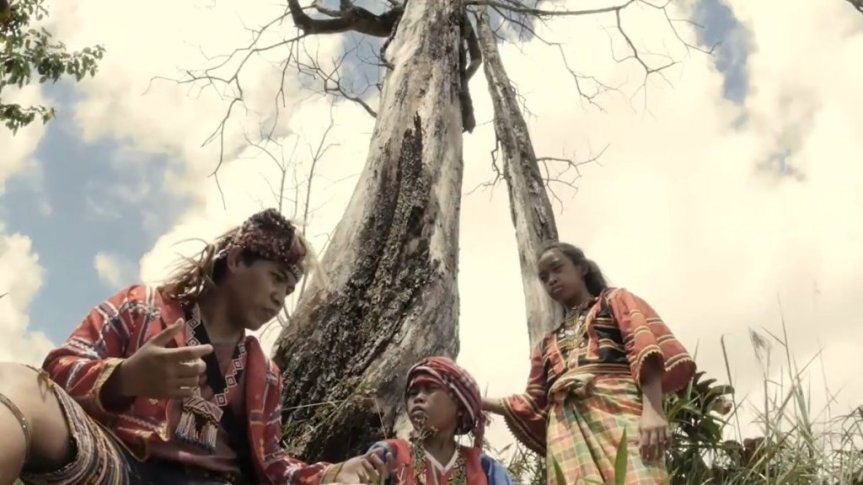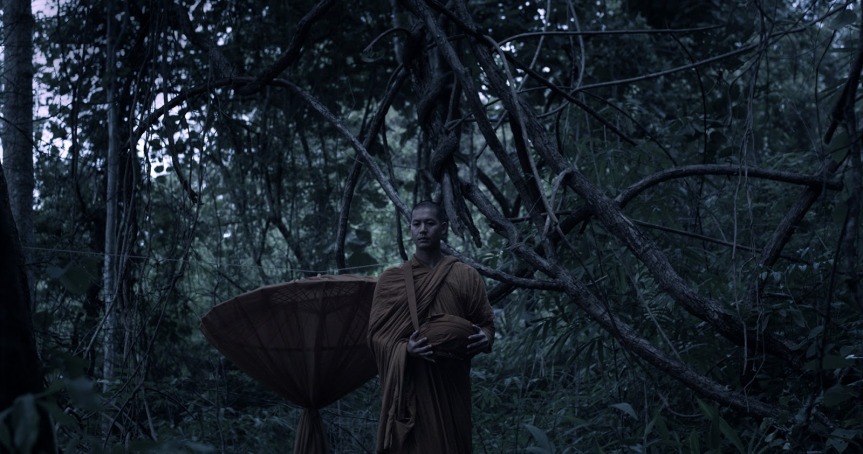August 2, 2018
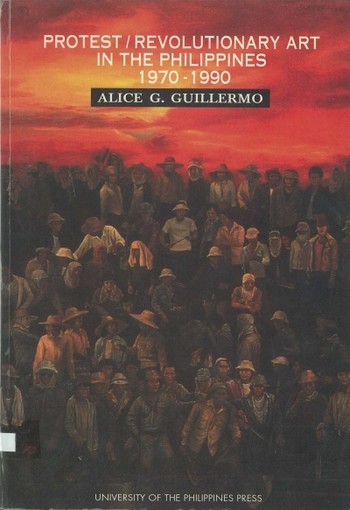
July 2018 is a month of struggle for the Filipino people. This month, military forces under US-Duterte administration continued to inflict development aggression to its people, especially the Lumad, who once again evacuated their ancestral lands last July 16 due to threats of the military. This development aggression against the Lumad allows mining companies to operate in their ancestral lands.
Aside from this, human rights activists and religious leaders were arrested in General Santos City. They were just doing their program consultations for the Lumad . The height of this month’s struggle is the solidarity walk during United People’s SONA, the people’s show of force against the tyrannical rule of US-China-Duterte.
It is also this month that anti-worker, union-busting forces continue to pillage the working class of its rights. The another violent dispersal of striking NutriAsia workers last July 30, 2018 marked the manifestation of the full installation of bureaucratic capitalist fascism in the US-China-Duterte Regime. Contractual laborers of NutriAsia, PLDT and Jollibee and their supporters are demonized, hurt, beaten, dispersed, imprisoned, humiliated and neglected by these capitalists and state-sanctioned forces. Meanwhile, the courts continue to favor the unjust practices of the capitalists by reversing DOLE order to regularize the workers, adding more insult to the injury.
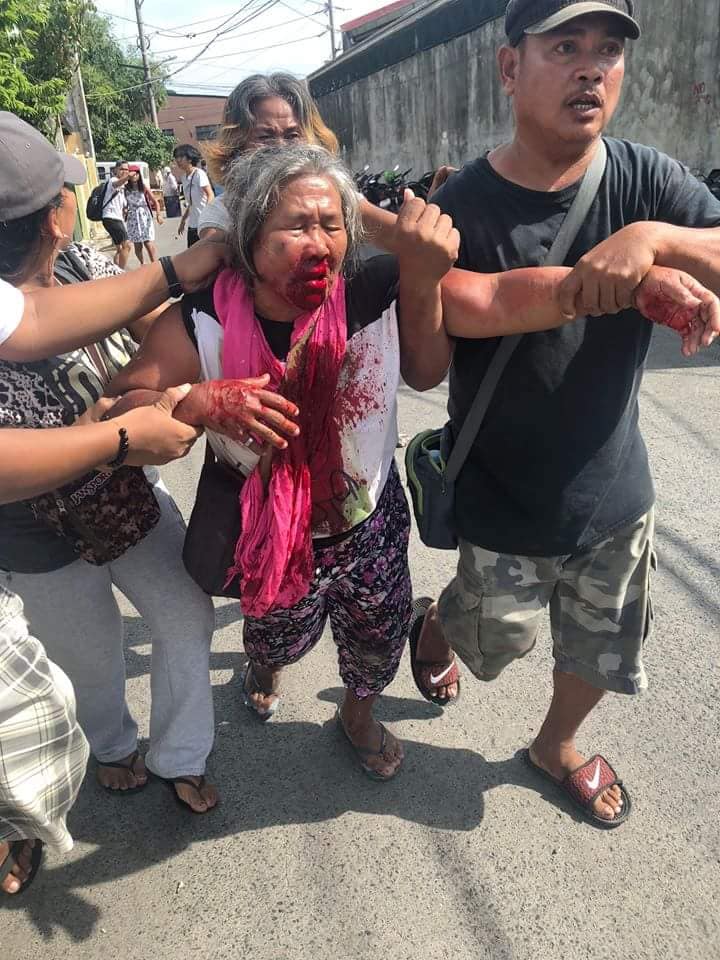
The worsening contradiction in Philippine society today emerging from every worsening gap between the proletarian working class and the ruling class, the people and the State, will eventually lead to a seizure of power. The people will come to know their place. As we transition to August, another month of struggle, and to the latter part of the year, it is our task to sharpen these contradictions by affirming the revolutionary culture that continue to burn in these dark times.
Support workers’ plight!
No to contractualization!
Boycott NutriAsia Products!
Boycott Jollibee Brands!
US-China Out now!
####
JULY 2018 | Best Reads of the Month
This month, I have not read extensively read non-thesis materials except for a few blurbs and articles shared in the social media. Here are some of the worth titles I’ve read last month.
- The Fate of the People’s War: An Interview with Jose Maria Sison by Denis Rogatyuk
- The Geology of Morals – A Neomaterialist Interpretation by Manuel Delanda
- or, on being the other woman by Simone White
Some thesis-related essays I read last month:
- Metaphysics and the Critique of Metaphysics by Alain Badiou
- The False Movements of Cinema by Alain Badiou
- Preface of Logics of Worlds: Being and Event II by Alain Badiou
JULY 2018 | Favorite Films of the Month
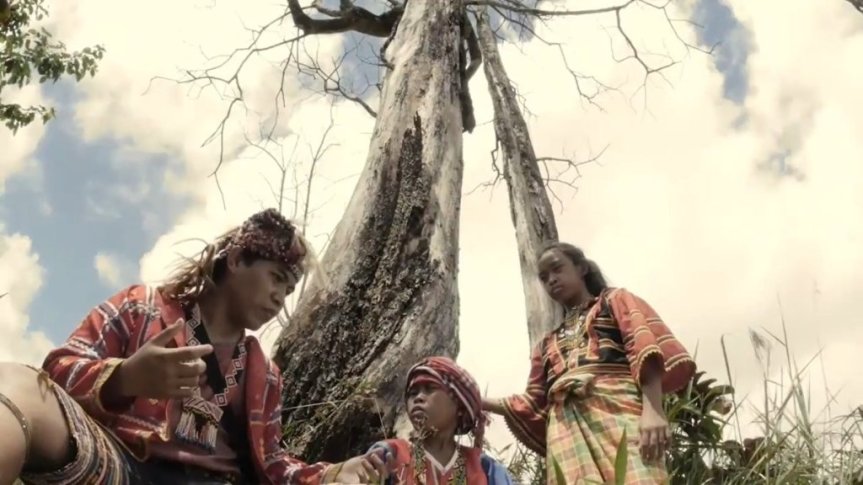
This month of July is a downtime for me. I am even less engaged with cinema than before. This is largely due to the two conferences the bookends the beginning and the end of the month. In between breaks, I continued to read my related lit list for thesis while writing my conference papers as well as my thesis proposal. Surprisingly, I managed to watch some of the best films I have seen this year so far, thanks to the great curation of the film screenings at the 10th Association of Southeast Asian Cinemas Conference.
The most surprising re-watch this month is Arbi Barbona’s Tu Pug Imatuy (2017). I have actually seen this film thrice on different screening venues last year, and I have not made up my mind mainly because I had so many questions for Arbi Barbona. I think my main contention before was the form itself. Barbona’s approach to independent filmmaking techniques is not new. It borrows its approach to framing and staging from other films. Under no circumstance will this be a conscious effort of re-inscribing a new modality of cinematic expression. However, what makes this film uniquely transformative and transgressive is its politics of representation, which can be attributed to Barbona’s impressive mastery to invest on body and landscape as indices of political expression. In a way, the body or bodies in Tu Pug Imatuy is the site of political expression; secondary to it is the landscape.
Bodies in film in general are mainly purveyors of movement. It articulates a certain non-linguistic expression that we can call gestural expressions. Movement occurs in the physical world because of certain structural, material stressors. In the cinematic medium, bodies, their movement, their stresses, are arranged in a dynamic form that also annuls the very form of bodies from a material perspective. For example, in a typical medium shot, the actor’s body is usually displayed visually from the hip-up. The feet no longer involved in the expression of the body. What we have is a continual annulment of the body-as-image along the axis of temporal passage. This phenomenological impurity is what makes film, according to Badiou’s essay The False Movements of Cinema, incapable of inscribing truth as image in the present. Badiou actually acknowledges cinema’s paradoxical capability for truth, that it can only generate truth as false truth. For Badiou, cinema allows the appearance of the Idea in the sensible. However, this appearance is annulled by the passage of cinema.
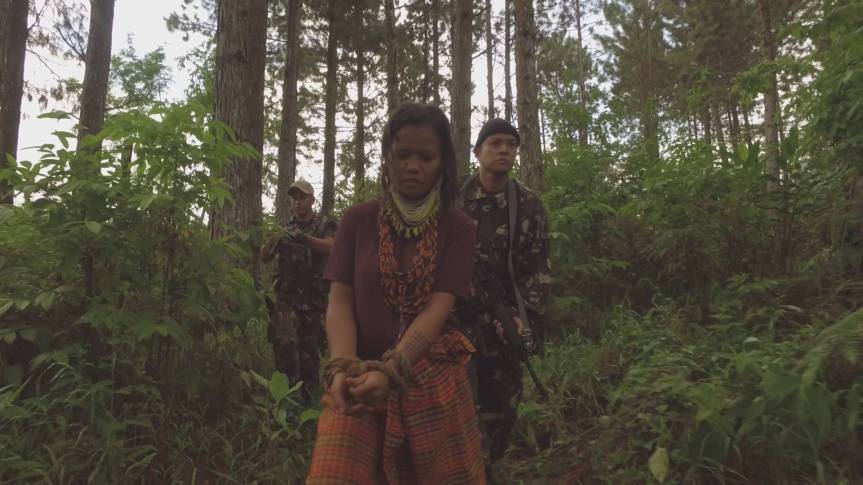
In Tu Pug Imatuy, the constitution of bodies and landscapes, and their tensions in between, also actuates each of their disappearance. Barbona’s manipulation of the medium, which we can call his own grammar, is punctured by messianic time, a materialist dimension of time that announces the possible scientific redemption of the oppressed. In the film, Barbona, through bodies and landscapes, creates a monad of a revolutionary subject, wherein their narrative orchestration is a cross between ecological disaster and development aggression. Between these crises is the metaphysical plane of indigenous cosmology that grounds our revolutionary subject as a sector of its own. Barbona knows that the political and ideological delineations among ideologies that run in the film: the indigenous resistance, the armed rebellion and the state forces, which are a result of class pressures. They are ideologies in series, each with a different material determination.
What Tu Pug Imatuy draws upon is the truth of fortitude and solidarity of the oppressed in an on-going class war, which can only be won by affirming the class contradiction. The class war for Barbona does not comprise entirely of two opposing homogeneous factions, but rather a composition of contradictory differences among people and classes.
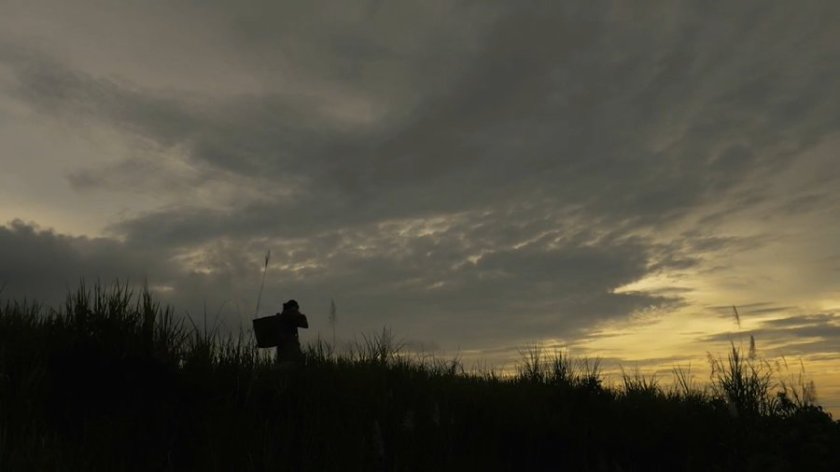
Tu Pug Imatuy succeeds in articulating these lines of thought with messianic awareness of the cessation of the body and landscape by forces of tradition, a tradition of fascist order. For Walter Benjamin, in his essay ‘Theses on the Philosophy of History‘, he made mention of the necessary critique of progress and its organization around the concept of the homogeneous, empty time. Development aggression of mining companies as depicted in the film is a clear sign of the presence of homogeneous, empty time that creates a fascistic metaphysical fantasy that through these industries of progress, the country will reach an economic progress. Tu Pug Imatuy offers a revolutionary counter-intuitive theological solution, one that is also materialist: that the geological landscapes shaped by natural physical forces will eventually pull down mankind by force from its monolithic metaphysical concept of progress. Mining companies, and capitalism in general, will fall to their own grave and so will governments of men.

Aside from Tu Pug Imatuy, one of the best films I’ve watched this month is Agnes Varda’s Faces, Places (France, 2017). Faces, Places is the French filmmaker’s response to Emmanuel Levina’s words in his essay Ethics and Infinity: ‘[T]he face is what forbids us to kill.’ In Faces, Places, Agnes Varda explores the ethics of the image and the human face, or the image-as-human-face. The face as image served as a site of political expression. If Barbona used bodies and landscapes to express his own politics of representation, for Varda, the face served as a image of communitarian ideal, serving as an index for the communities’ reason for co-existence. Varda, together with his visual artist collaborator JR,  crafts the face of the people in the community as a focal concentrationary point of radical empathy. For Varda and JR, the image-as-face reactivates the mirror of a community that has lost its own self-reflexivity and self-awareness because of capitalism’s alienation of the human eye.
crafts the face of the people in the community as a focal concentrationary point of radical empathy. For Varda and JR, the image-as-face reactivates the mirror of a community that has lost its own self-reflexivity and self-awareness because of capitalism’s alienation of the human eye.
In one instance, Varda and JR entered a manufacturing company. They took a picture of the workers on different shifts. They hope that the group photo would put together the workers as one whole organism. Since they have been divided by time shifts, departments, and different divisions of labor functions,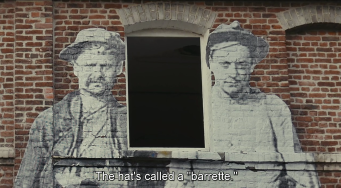 these workers are unable to form a social bond with other departments. They are isolated and alienated in their labor. By virtue of a collective face, Varda and JR has reinforced the communitarian ideal by reaffirming the social relation that binds laborers. The film’s weakness, however, is its lack of orchestration of the face along the lines of class contradiction. Like many French art films, it resorts to identity politics, perhaps for the same reason why the film draws largely on contemporary themes of art and design. At the end of the film, the topics became personal: Varda’s struggle to compensate for her failing eyesight and memory.
these workers are unable to form a social bond with other departments. They are isolated and alienated in their labor. By virtue of a collective face, Varda and JR has reinforced the communitarian ideal by reaffirming the social relation that binds laborers. The film’s weakness, however, is its lack of orchestration of the face along the lines of class contradiction. Like many French art films, it resorts to identity politics, perhaps for the same reason why the film draws largely on contemporary themes of art and design. At the end of the film, the topics became personal: Varda’s struggle to compensate for her failing eyesight and memory.
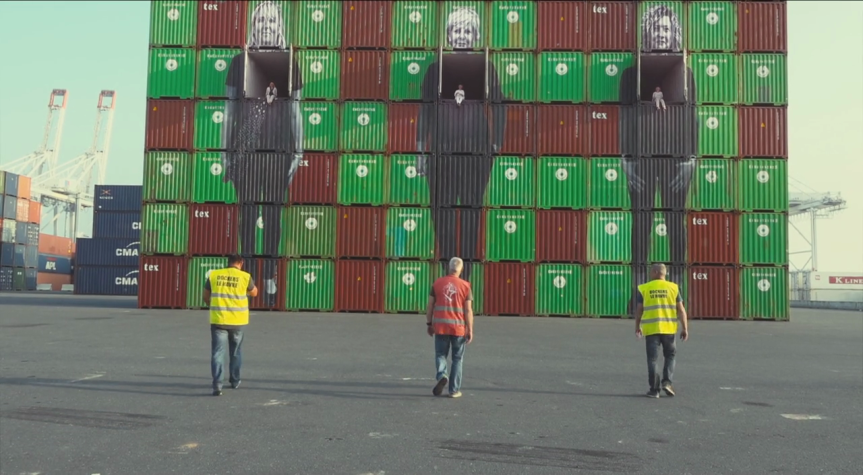
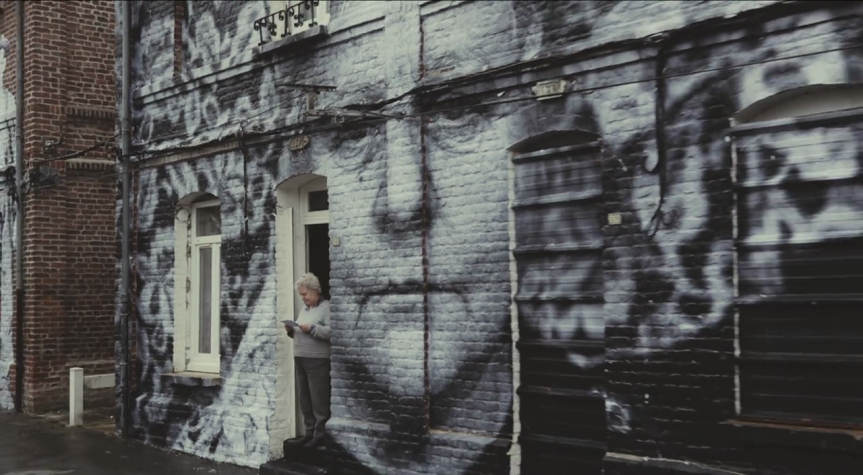
During the 10th ASEACC, I have also seen Anucha Boonyawatana’s Malila: A Farewell Flower (Thailand / 2017), a Thai gay film with an unusual subject: the rite of Bai Sri Su Kwun alongside some form of existential Buddhism. This is what cuts the film in half, almost a perfect homage to another work of a Thai filmmaker, Apichatpong Weerasethakul’s Tropical Malady (2004). The first half, a rekindling of two lovers Shane (Sukollawat Kanarot) and Pitch (Anuchit Sapanpong) through a dazzling portrayl of the rite of Bai Shi Su Kwun; the second half, Shane’s struggle for transformation into monkhood.
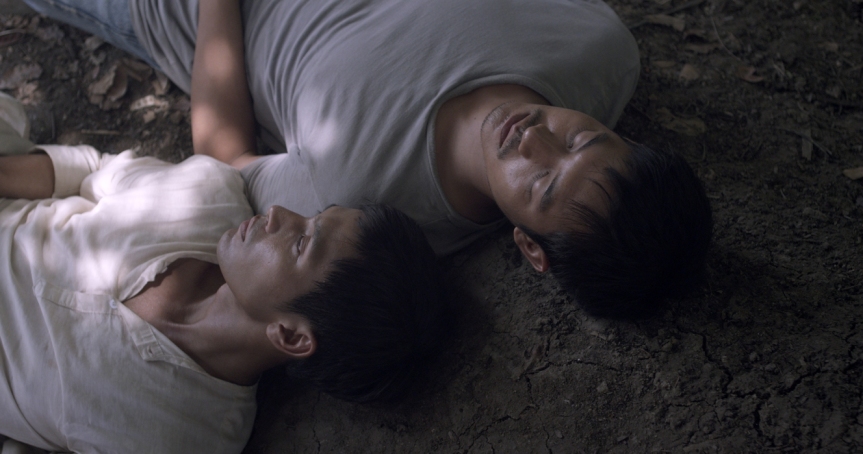
Like Tu Pug Imatuy, Malila: A Farewell Flower also orchestrates an annulment of the body. Its most provocative different is its departure from politics towards the metaphysical domain, as if Boonyawatana wants to transgress the body’s physicality by abstracting it as a phantom. The relation of Shane and Pitch can be described phantasmal, out of time, yet they enclosed. It is as if they rekindle as ghosts within a specificity of a place only they can access. This transcendental place has a similar structure to Brokeback Mountain in Brokeback Mountain (2005), the prairie grass and the bedroom in Maurice (1987) and Call Me By Your Name (2017), Buenos Aires in Happy Together (1997), the farm’s boundary in God’s Own Country (2017) and in many imaginary places in many gay films that fulfill the intention of inscribing a transcendental space that exclusively devoted to homosexual practice. The structure of this transcendental space follows the theoretical lining of Eve Kosofsky Sedgwick’s essay Epistemology of the Closet: a lining constituting the juridical boundary between heterosexual and homosexual worldviews. Malila uses this theoretical lining to enclose bodily expression of love between Shane and Pitch outside of tradition. In a way, it is an inside of an outside.
In the other half of the film, we are drawn to a type of duality: a duality of life and afterlife, wherein the body, the corpus, serves as the expression of the metaphysical tension between these two. Shane is now an established monk serving alongside another monk. They are stationed in a far-flung forest area of a country-side where, due to the recent political crises in Thailand, corpses are dumped. In one scene, they saw a body. His companion, a monk who had been in the region and had more experience than him, asked Shane to de-objectify the body by reciting over and over again the words that it is dead. This is a test of moral endurance. At first, Shane repelled the dead body. But eventually, he learned to fight through disgust and transcended the material. The body become dematerialized and took the form of his loved one, Pitch. Afterwards, in a beautiful ending, Shane removed his garments and swam in a lake naked, an act of cleaning and transformation. The transformation process is actually Hegelian. Between the object, BEING, and the transcendental plane of the concept, NOTION, the ESSENCE, via representation, must be worked on, must be labored on, in order to reach its full expression. Essence negotiates the division between Being and Notion. In some way, Shane’s method of transcendence is situated in the entangled link between life and after-life, between the real and the conceptual. It is through this dialectical process that Shane can fully access the Truth of Life which is also Death.
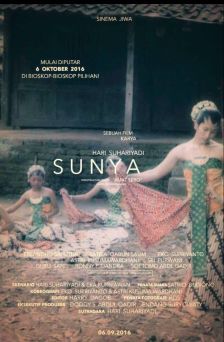
Aside from Malila, we also watched Sunya (2016) by Harry Dagoe Suharyadi, a nonlinear film concerned with the geopolitics of spirits. Often times, the dynamics of repetition in the editing render the film as a series of iterations of a single narrative. These several iterations create tensions of impenetrable proportion. Its inaccessible film grammar reminds me of the films of John Torres, in a particular Ang Ninanais (2010), that also depends on a loose string of narratives. In Sunya, we encounter body doubles and possessed bodies. They fight through the duplicity of their existence as phantoms and as humans, often entering a kind of rehearsal for a ritual. No central image can been seen in the film, what is repeated is always annulled by its own prescencing. If Malila is about transcendence from the material, Sunya is the liminality between material and spirit.

Aside from these four films, I also rewatched Paul Thomas Anderson’s Magnolia (1999) and surprised to find it a more complex film than before. Magnolia interweaves different plot lines strewn by one narrator. Without the narrator’s command, Magnolia would actually looked like an experimental narrative film since these plots are diverging. Each plot is connected to the other by a ‘chance’, but by chance, as Anderson understands it, the plot intersection becomes a diffential relation. Chance is a synthetic difference. It synthesizes the narrative relation while also maintains their exclusivities, their non-contiguous relations.

Another film worth mentioning is Wes Anderson’s Isle of Dogs (2018). On the surface, it is admirable animated work, with a lot of perkiness, resemblances to old Japanese movies, and a dead-pan comedy that will actually make you smile. Its narrative is actually no longer new and simplistic, which is the main problem of the film. It tries hard to actually cover-up this lack of narrative depth by actually playing with design and language. All in all, the film may won hearts, but it does not offer something beyond its eccentricities. Like most of Anderson’s movies, Isle of Dogs has yet cross the line of the sublime. Yet, as a typical film for entertainment, it can surely satisfy the viewer’s needs.
The lesser of the eight films that I have watched are Ant-Man and the Wasp (2018) and Every Day (2018), two American films that are uniquely horrendous in their own ways. I’m just tired of watching over and over again the narrative of the white supremacist American ego unfold before my eyes. Both of these films are direct depictions of such white supremacist ego, but as an underlying theme: the underdog narrative of American society problematized in the lens of deviancy (Ant-Man) and identity politics (Every Day). Contemporary American cinema lacks self-reflexivity and depended for the longest time on narratives about the quest of white supremacist ego in affirming oneself as either the underdog, the hero, the family man, or anti-hero. The agenda has always been to aestheticize violence and celebrate identity politics, all this at the expense of withholding its class dimension.
The July 2018 Film List
Transformative and Transgressive (5/5)
Tu Pug Imatuy (‘Right to Kill’ / Arbi Barbona / Philippines / 2017)
Best of the Best (4.5/5)
Faces, Places (Agnes Varda & JR / France / 2017)
Very Good (4/5)
Malila: The Farewell Flower (Anucha Boonyawatana / Thailand / 2017)
Sunya ( Harry Dagoe Suharyadi / Indonesia / 2016)
Magnolia (Paul Thomas Anderson / USA / 1999) – rewatchGood (3.5/5)
Isle of Dogs (Wes Anderson / USA-Japan / 2018)
Unbearable (1-2/5)
Ant-Man and the Wasp (Peyton Reed / USA / 2018)
Every Day (Michael Sucsy / USA / 2018)

JULY 2018 | Anomalous Materials
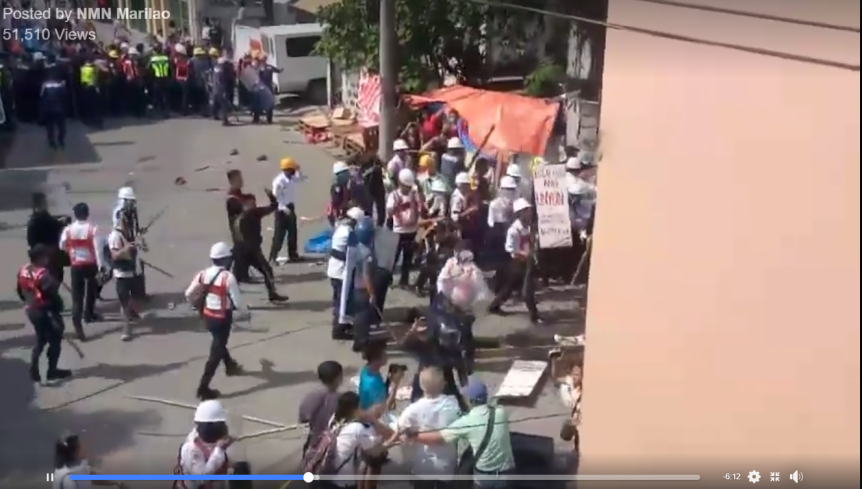
Another month has passed, another violent dispersal of striking workers of NutriAsia. The worsening contradictory divide between the proletariat and the bourgeois in the Philippines is now under the radar of the public. When will this class war ends? We linger in social media as witness to this worsening contradiction expressed in different forms (as counter-propaganda, as memes, as agitprop infographic materials, as snippets of videos among others), while also beholden by social media’s contradictory and anachronistic structure. The contradiction is here to stay, we have to continue agitate this equilibrium to shift its course.
- Violent Dispersal of NutriAsia Workers by NMN Marilao
- Apur Sansar / The World of Apu (1959) dir. Satyajit Ray. by Cinema Mon Amour, a page about worldwide cinema
- Sad CGI by Megat Syamim
- IOF Spraying Shunk Liquid (Dirty Water, Raw Sewage) on Palestinian Homes
IOF [ Israeli Occupation Forces ] by Mozafar Najafi - Police Shots Peaceful Farmers Demonstrators in Mandsaur, Madhya Pradesh by Muazzam Malik
- Israeli Occupation Forces [ IOF ] shower Palestinian anti occupation protesters with a barrage of tear gas and sound bombs by Mozafar Najafi
Two Conferences in a Month!
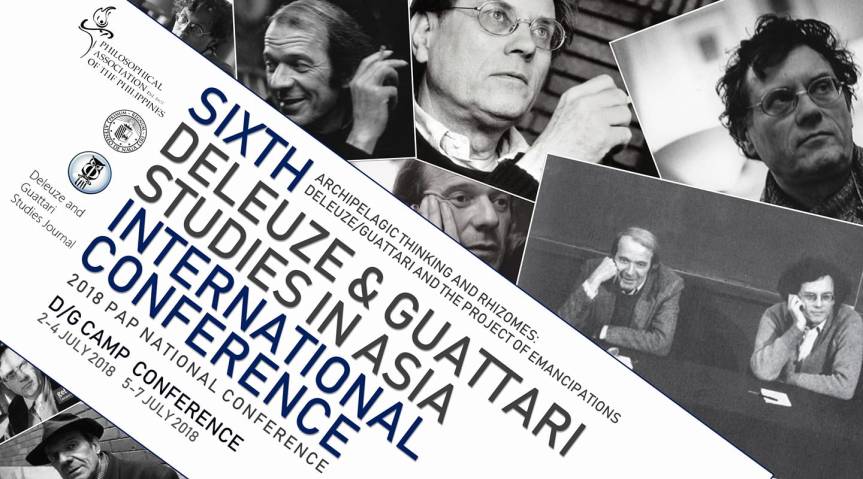
July 2018 was a busy month for me. I attended two major conference: one held in Naga, Philippines (6th Deleuze and Guattari in Asia International Conference) and the other one held in Yogjakarta, Indonesia (10th Biennial Association of Southeast Asian Cinemas Conference).
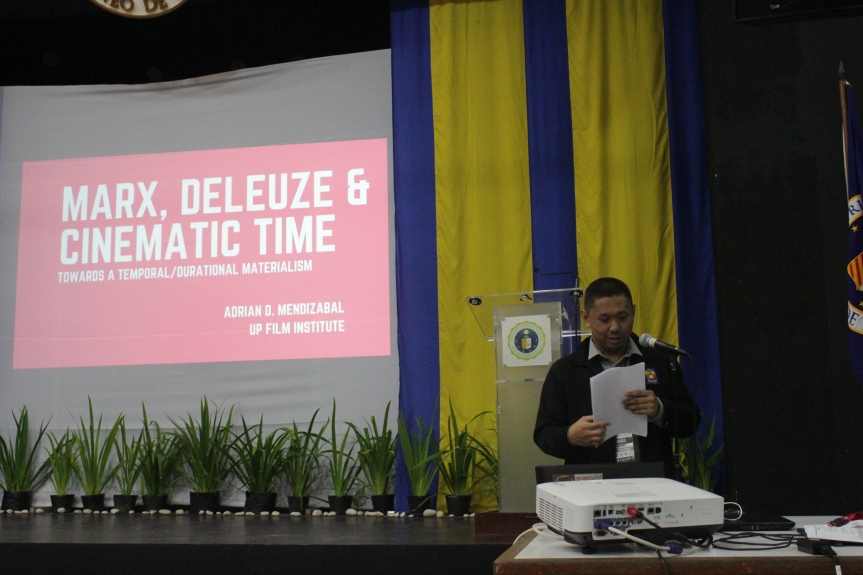
One of the striking differences between the two conferences is their ordering of panel presentations. Deleuze and Guattari (D&G) Conference is your typical conference with plenary speakers and parallel presentations. In contrast to D&G, ASEACC is a conference that does not have a parallel panel presentation. The same audience witness the panel presentations in one venue (See conference schedule). In ASEACC, the audience can give full attention to the dynamics of the conference without ever to leave the venue. This actually activates the social movement of ideas, allowing participants to form social relations over time, meaning more friendships, more time to talk about each other’s papers.
The D&G conference, however, is separated to four parallel venues splitting the audience into small groups, decreasing the point of contact among participants. In a way, D&G conference model is more socially alienating than ASEACC. Both conferences offer diversity of topics, but in terms of focus, ASEACC designed its conference such that (1) it has a practioners’ panel, giving voices not only to the theoretical corpus of filmmaking, but also the practical side, the makers of the films themselves, (2) it has a community immersion program, wherein participants travel to a nearby cultural hub to engaged with the local culture, (3) it has a film showing component that features films relevant to the theme with the filmmaker/director present. All of these for a conference fee of P3,200 for ASEAN student. In terms of value, ASEACC’s model offers more promise than the D&G conference model.
I think all academic conferences should be designed with a priority in establishing solidarity among peers while also engaging with praxis and integrative community immersion. I cannot think of any other conferences I have attended in the past that feature such components other than ASEACC. I also suggest that any conference on Marx, Lenin or Mao must have a community immersion component as well as a panel on community organizers from different sectors. I think it would be very important especially since all these thinkers advocate praxis.
July is finally over, but I cannot rest. I have a thesis proposal to write.
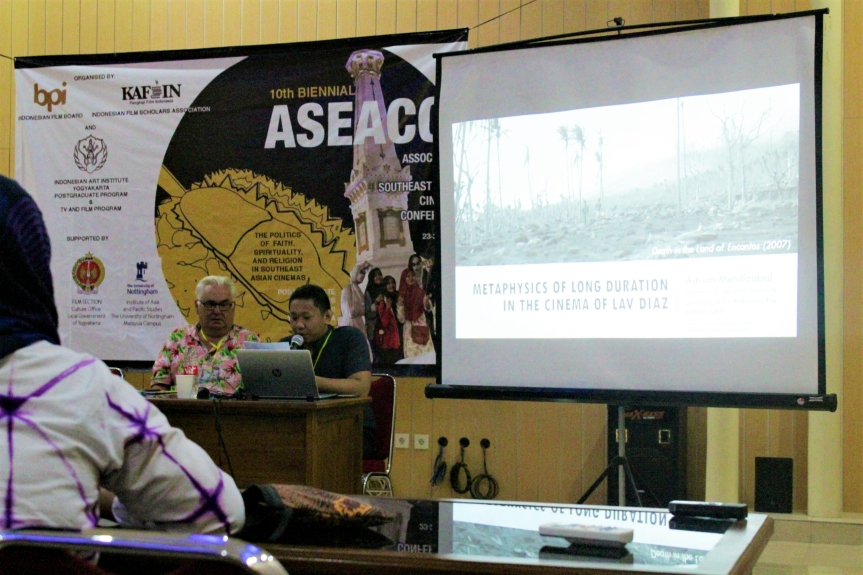
August is Thesis Proposal Writing!

Mid-August is almost here. I dedicated the whole month of August to thesis proposal writing for the reason that, it has two long weekends and probably more chances of having work suspension due to bad weather. After attending three conferences this year (Marx @ 200, D&G, ASEACC), I have already solidified the track of my thesis. The methodological framework is clearer now compared to what I had in mind a year ago. I really appreciate the feedback I had on my papers from the three different conferences. and to friends who continually give me advice. As of now, I’m now a quarter length of my expected word count for my thesis proposal. I’m more determined to finish it than before. The goal is to make the proposal simple yet also expansive, queuing from Alain Badiou and Karl Marx’s style of writing.
See you next month!
###
Support workers’ plight!
No to contractualization!
Boycott NutriAsia Products!
Boycott Jollibee Brands!
US-China Out now!
###

